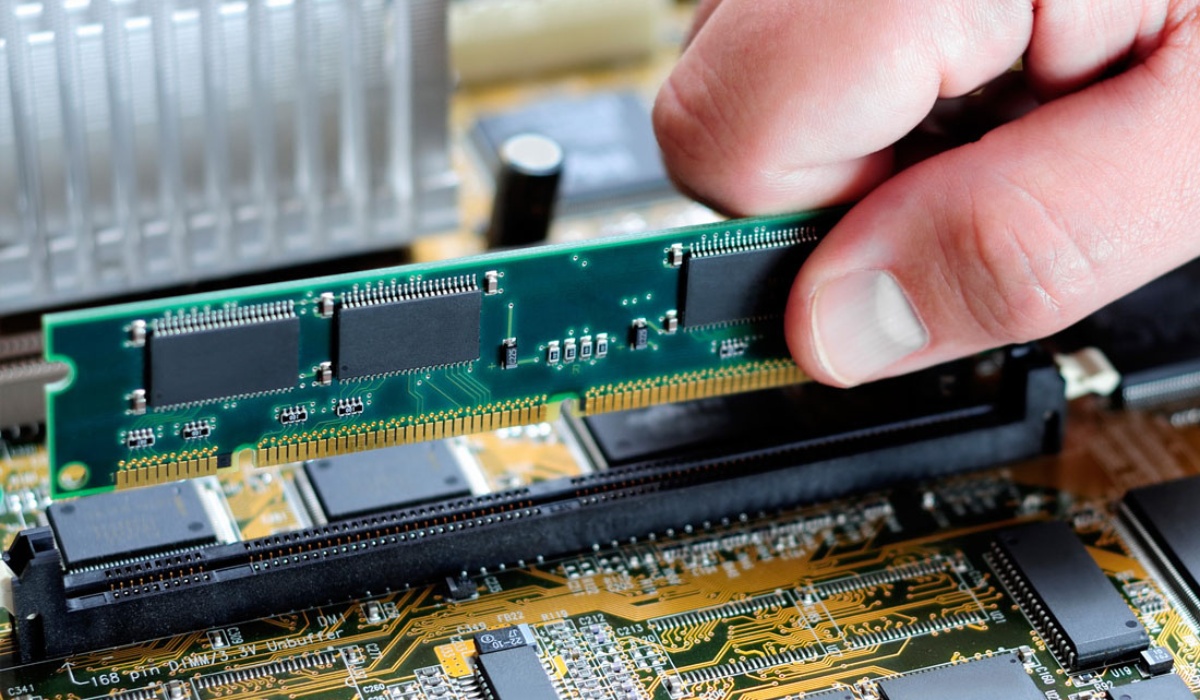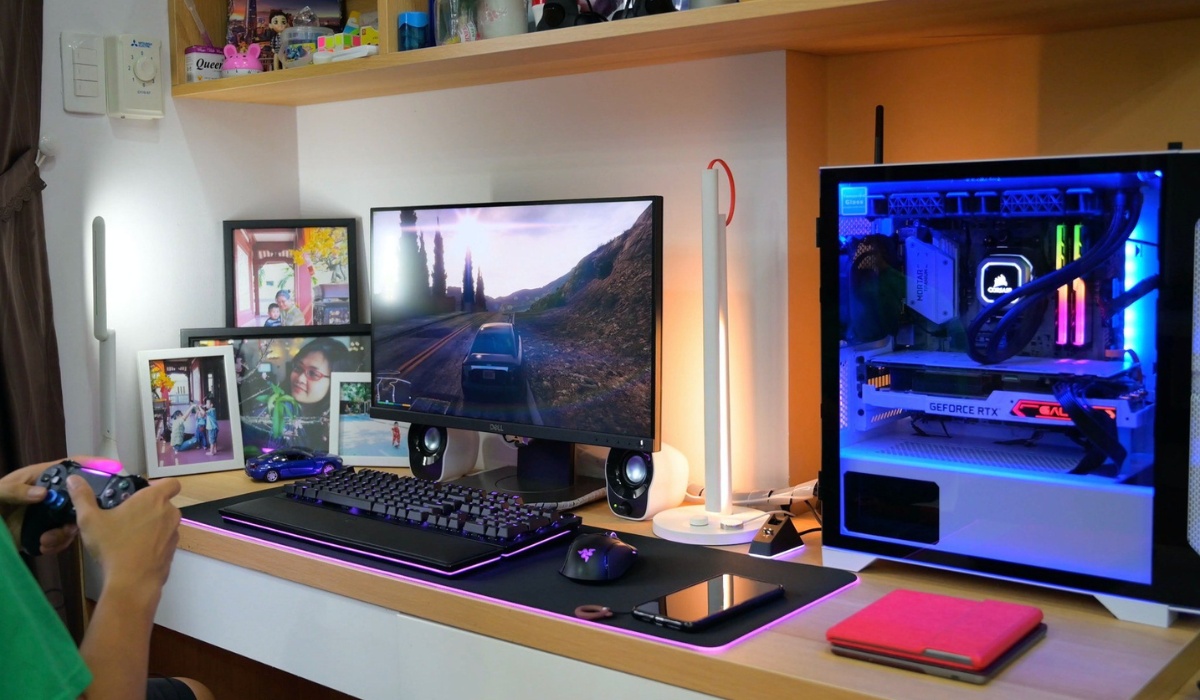
You may need to upgrade your PC if it is taking a long time to start up and transition between apps. Before you start shopping for new parts, read up on how to upgrade a desktop computer.
Table of Contents
Importance of Upgrading
Maintaining optimal performance and staying up to date with technological changes requires upgrading a desktop computer. Regular upgrades are necessary to fulfill the increasing demands of current applications and jobs due to the rapid growth of hardware and software. Maintaining the most recent components improves the desktop system’s overall longevity, efficiency, and functionality.
Upgrading Specific Components
RAM

If you’re experiencing trouble navigating between pages or apps, you might want to think about upgrading or replacing your computer’s RAM. While you’re using it, your data is kept in RAM. You can store more info if you have more memory. Although many computer makers only include the bare minimum of memory, more memory modules are typically able to be added. You can swap out your current memory modules for larger-capacity ones if there isn’t space for more.
It is not possible to update the RAM on some laptop models since it is soldered to the motherboard. To find out if your RAM is soldered, consult the hardware/service handbook that came with your computer.
CPU
Processor (CPU): multi-threaded rendering, gaming, and active job performance (high impact). Your operating system not loading even with the fans running is a sign of an overworked and deteriorating CPU. You might also have CPU problems if your computer turns on but nothing loads or if it powers on and then abruptly shuts off.
If you think your computer problems are primarily related to the CPU, review your CPU usage history. You might want to consider upgrading your CPU if it is using all of its cores.
Note: You might need to upgrade your RAM and motherboard in addition to your CPU if you decide to upgrade them.
Storage
Hard drives are classified into two categories: SSD hard drives, which work similarly to memory cards or USB sticks, and standard HDD hard disks with magnetic disks. All of the data on your computer is kept on a hard disk. Unlike RAM, which provides short-term memory, this type of storage lasts longer on your computer. Solid-state drives (SSD) and hard disk drives (HDD) are the two most popular types of hard drives.
A failing hard drive might cause data corruption or just general performance issues. As soon as you see indications that your hard disk is about to fail, it’s critical to create a backup of it. External hard drives and remote cloud storage are common backup options.
Graphics Card
Consider replacing your graphics card if you’re a serious gamer and your graphics are lagging or freezing. A low-end graphics card is often installed by manufacturers unless a computer is designed expressly for gaming. Upgrading your graphics card can significantly enhance your gaming experience if the rest of your computer is operating efficiently.
Testing and Optimization

Testing during boot-up:
It’s important to boot up for the first time after upgrading. It guarantees that the system detects the new parts and boots up without any problems.
During the boot-up procedure, look for any odd behavior or error messages.
Checks for System Stability:
To evaluate the system’s overall stability under high loads, conduct stress testing.
Keep an eye on the temperature to make sure the improved components don’t overheat.
Driver Updates:
Set up the most recent drivers for the upgraded peripherals, processors, and graphics cards.
Updated drivers frequently include compatibility enhancements, performance enhancements, and problem fixes.
Performance Benchmarking:
Assess the updated components’ performance by using benchmarking tools.
To evaluate the success of the changes, compare benchmark results to measurements made before the upgrades.
Stability Testing:
To make sure the system can maintain high-performance levels without crashing or experiencing problems, run stability tests for a longer amount of time.
Determine and fix any stability problems that could surface while testing.
FAQs
1. What can I do on my computer to improve its performance?
For even greater performance, you can upgrade your PC’s components or enhance its cooling system. The only parts of a laptop that you can upgrade are the RAM and the hard drive, which may be swapped out for a quicker SSD drive.
2. Should I get a GPU or CPU upgrade?
A GPU update is probably needed if your CPU routinely operates at less than 100% utilization while your GPU primarily hovers around 99–100%. A CPU upgrade is probably necessary if your CPU periodically approaches 100% utilization but your GPU frequently falls below 100%.
Conclusion
Depending on the extent of the upgrade and the intensity of your workload, upgrading your desktop computer can save you money and extend its lifespan by a few years.
Take advantage of the fact that desktop PCs, as opposed to laptops, are designed to be upgraded rather than purchasing a brand-new machine.
Read more: How to put RAM in a laptop?
